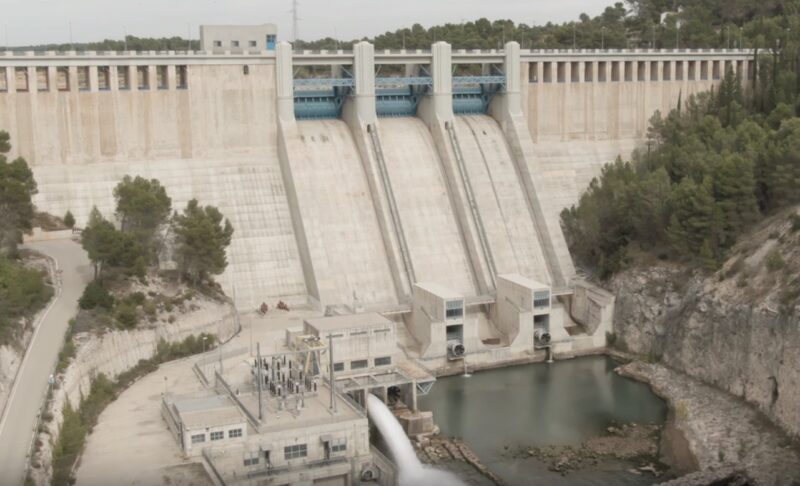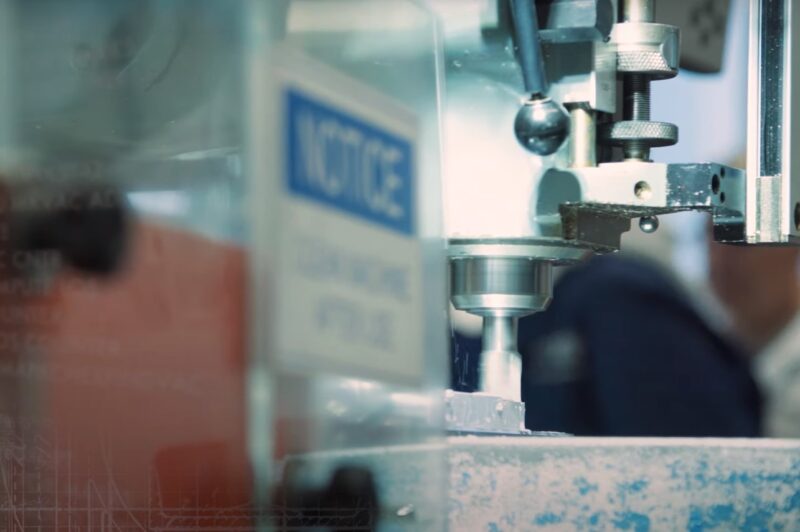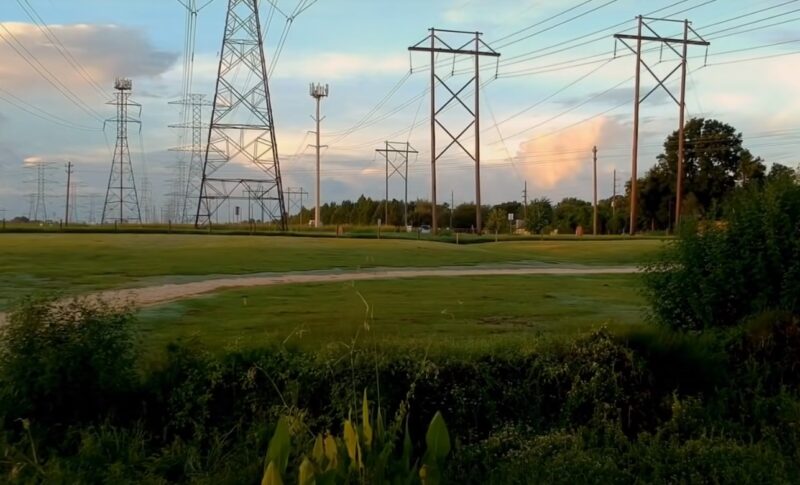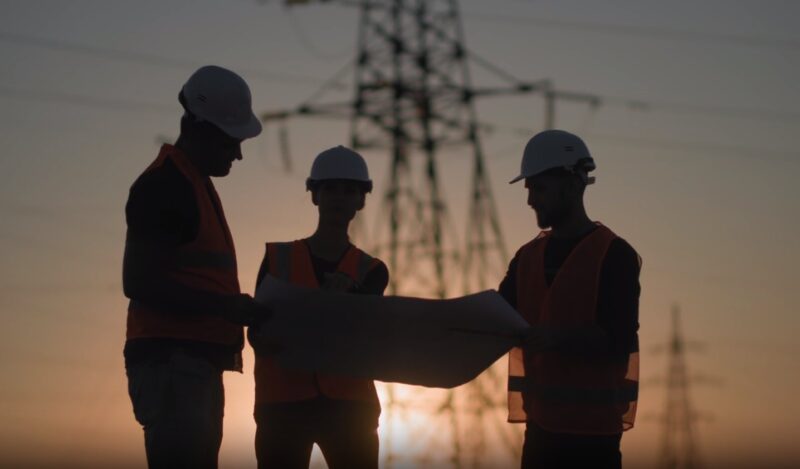Power dynamics in engineering is a multifaceted concept, encompassing the generation, distribution, and consumption of power in various forms. It’s a fundamental aspect of engineering that plays a crucial role in the design, operation, and optimization of systems ranging from electrical grids to automotive engines.
Understanding this concept is not only critical for engineers but also for anyone interested in how power systems impact our daily lives.
The Concept of Power in Engineering
In the realm of engineering, power refers to the rate at which work is done or energy is transferred. It is a key parameter in assessing the efficiency and performance of various systems. Power can manifest in different forms, such as electrical, mechanical, thermal, or chemical, each with its unique characteristics and applications.
The core of power dynamics lies in how these forms of power are generated, converted, managed, and utilized in engineering systems.
The Generation of Power

Power generation is the process of converting natural resources into usable forms of energy. This includes traditional methods like burning fossil fuels in power plants to produce electricity, as well as renewable sources such as solar, wind, and hydroelectric power.
The choice of power generation method has significant implications on the efficiency, environmental impact, and sustainability of power systems. Engineers must balance these factors to develop effective power generation solutions.
The Transmission and Distribution of Power
Once generated, power needs to be transmitted and distributed to where it’s needed. In electrical engineering, this involves high-voltage transmission lines that carry electricity over long distances and distribution networks that deliver it to individual consumers.
The efficiency of these systems is crucial for minimizing energy losses and ensuring reliable power supply. Innovations in smart grid technologies are transforming how power is distributed and managed, making the grid more efficient and adaptable to changing demands.
Power Dynamics in Different Engineering Fields
In Electrical Engineering
In electrical engineering, power dynamics focuses on the generation, transmission, and distribution of electrical energy. This field deals with challenges like grid stability, power quality, and the integration of renewable energy sources.
Electrical engineers work on designing and optimizing electrical circuits, power systems, and electronic devices to ensure efficient and safe operation.
In Mechanical Engineering

Mechanical engineering deals with power dynamics in terms of mechanical power. This involves the design and operation of machines and engines, where power is often derived from thermal or chemical processes. Mechanical engineers strive to enhance the efficiency of these systems, reducing energy consumption and emissions.
They also explore innovative ways to harness energy, such as through regenerative braking in vehicles.
In Chemical and Environmental Engineering
In chemical and environmental engineering, power dynamics relates to the energy involved in chemical processes and environmental systems. This includes the production of biofuels, the management of waste-to-energy systems, and the development of sustainable practices in industrial processes.
Engineers in this field work towards optimizing energy use while minimizing environmental impact.
The Impact on Society and Environment

Power dynamics in engineering significantly influence societal structures and daily life. The availability and reliability of power sources directly affect economic development, quality of life, and technological advancement.
Regions with robust power infrastructures enjoy better healthcare, education, and communication systems, highlighting the critical role of power in societal progress. Conversely, areas with insufficient power infrastructure face numerous challenges, underscoring the need for equitable and sustainable power solutions.
The environmental impact of power dynamics is profound. Traditional power generation methods, especially those relying on fossil fuels, contribute to air pollution and climate change. This has led to a growing emphasis on sustainable and renewable energy sources.
Engineers are at the forefront of this transition, working on technologies like solar panels, wind turbines, and battery storage systems. The goal is to create power systems that meet human needs without compromising the environment.
FAQs
How do power dynamics in engineering affect renewable energy adoption?
They play a crucial role in the adoption of renewable energy. They dictate how easily renewable sources can be integrated into existing grids, considering factors like variability, storage, and transmission.
Engineers use power dynamics to design systems that can adapt to the intermittent nature of renewable sources, ensuring stable and efficient energy supply.
What is the role of energy efficiency in power dynamics?
Energy efficiency is central to power dynamics. It involves optimizing systems to use less energy for the same output or getting more output from the same amount of energy. This is crucial in reducing operational costs, minimizing environmental impact, and prolonging the lifespan of energy resources.
Can power dynamics help in disaster management and recovery?
Yes, they are essential in disaster management and recovery. Understanding power flow and distribution helps in quickly restoring power in affected areas. Engineers use principles of power dynamics to design resilient systems that can withstand or quickly recover from disruptions, ensuring continuous power supply during emergencies.
How do advancements in material science impact power dynamics in engineering?

Advancements in material science have a significant impact on power dynamics. New materials can lead to more efficient power generation, transmission, and storage.
For example, developments in superconducting materials or more efficient photovoltaic cells can greatly enhance the efficiency of power systems.
What is the significance of the power factor in power dynamics?
Power factor is a measure of how effectively electrical power is being used. A high power factor indicates efficient use of electrical power. In power dynamics, maintaining a high power factor is important for reducing power losses and improving the efficiency and stability of the electrical grid.
How is power dynamics related to electric vehicle technology?
They are integral to electric vehicle (EV) technology. It involves managing the power requirements for EV charging stations, integrating these demands with the existing power grid, and optimizing battery performance and longevity.
Understanding power dynamics helps in developing efficient EV charging infrastructure and improving the overall performance of electric vehicles.
The Bottom Line
Power dynamics in engineering is a critical field that shapes the way we generate, distribute, and use power. It has far-reaching implications for society, the economy, and the environment. As we move towards a future dominated by renewable energy and smart technologies, the role of engineers in shaping this future becomes ever more significant.
Understanding power dynamics is key to developing sustainable solutions that will drive human progress while protecting our planet.
